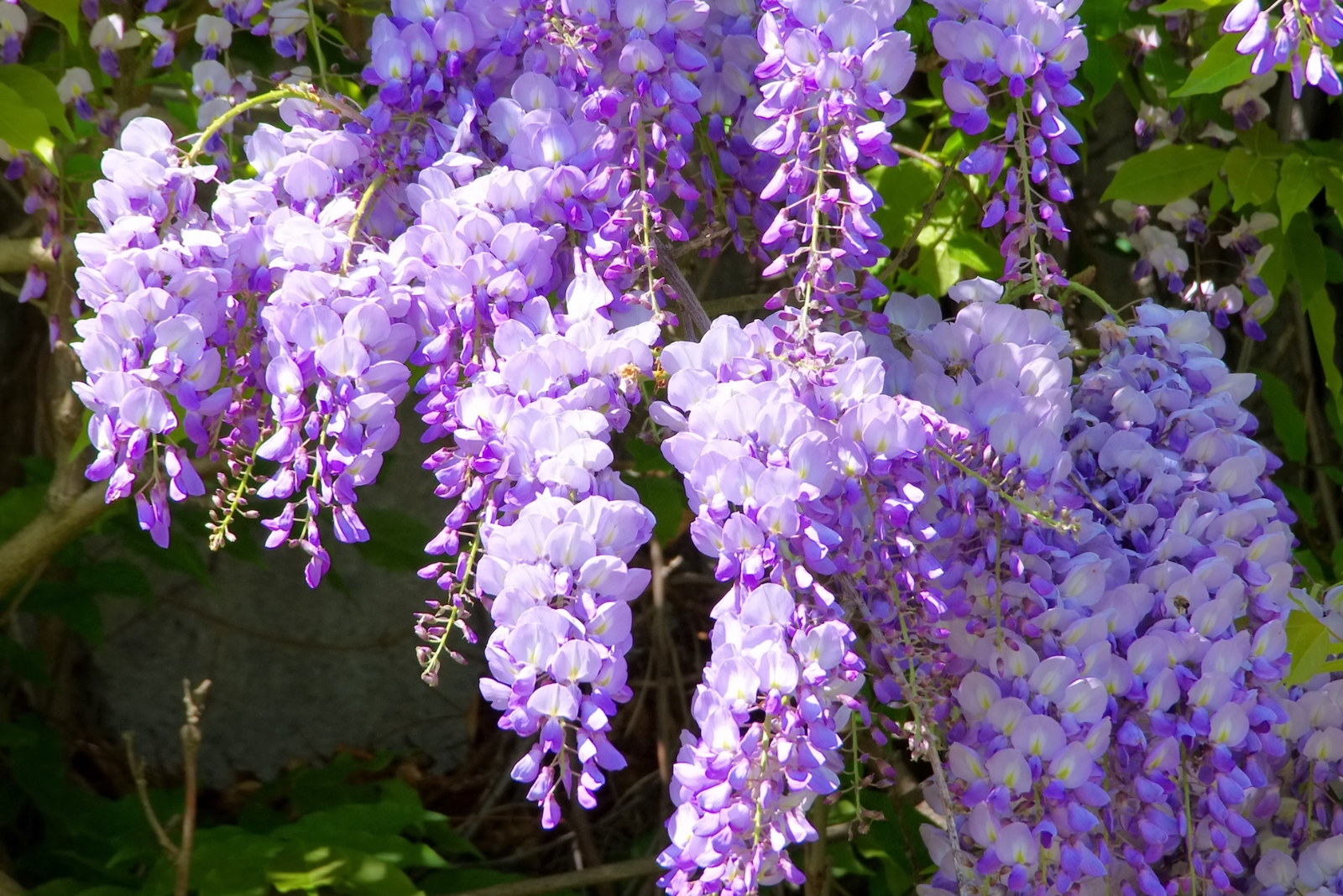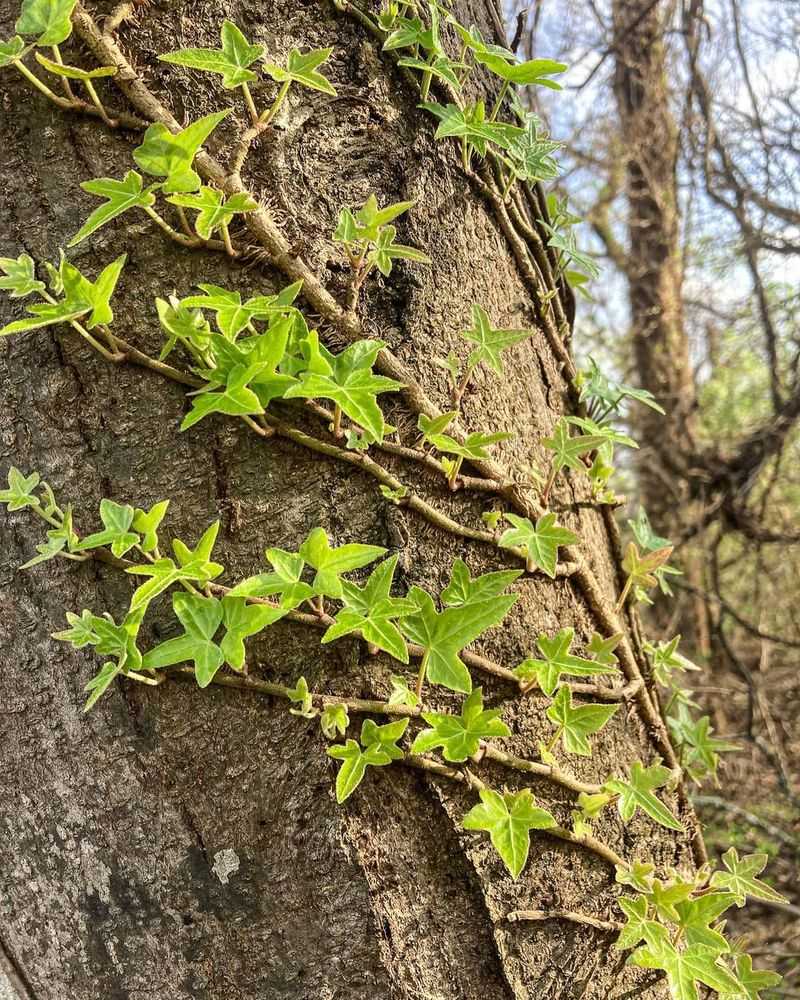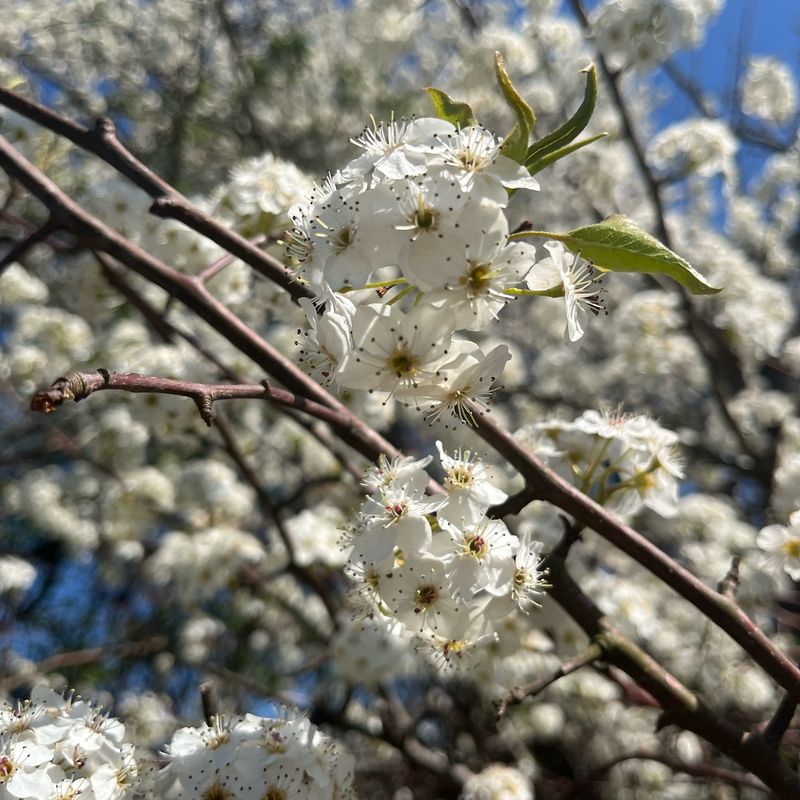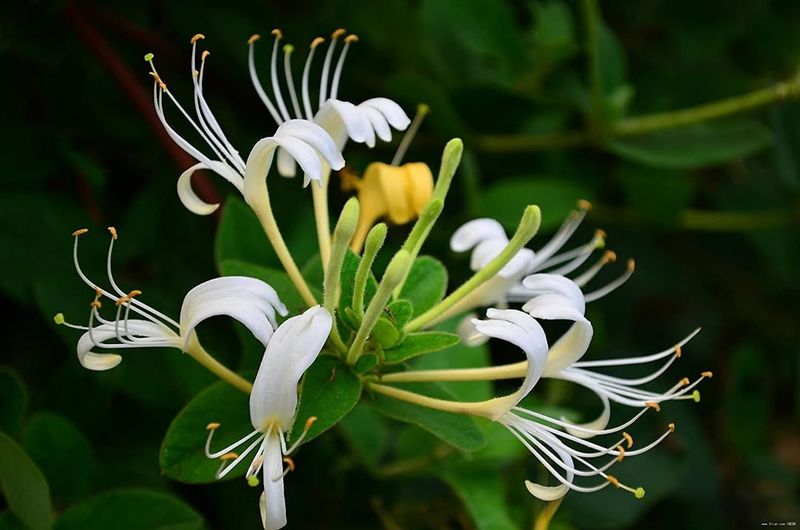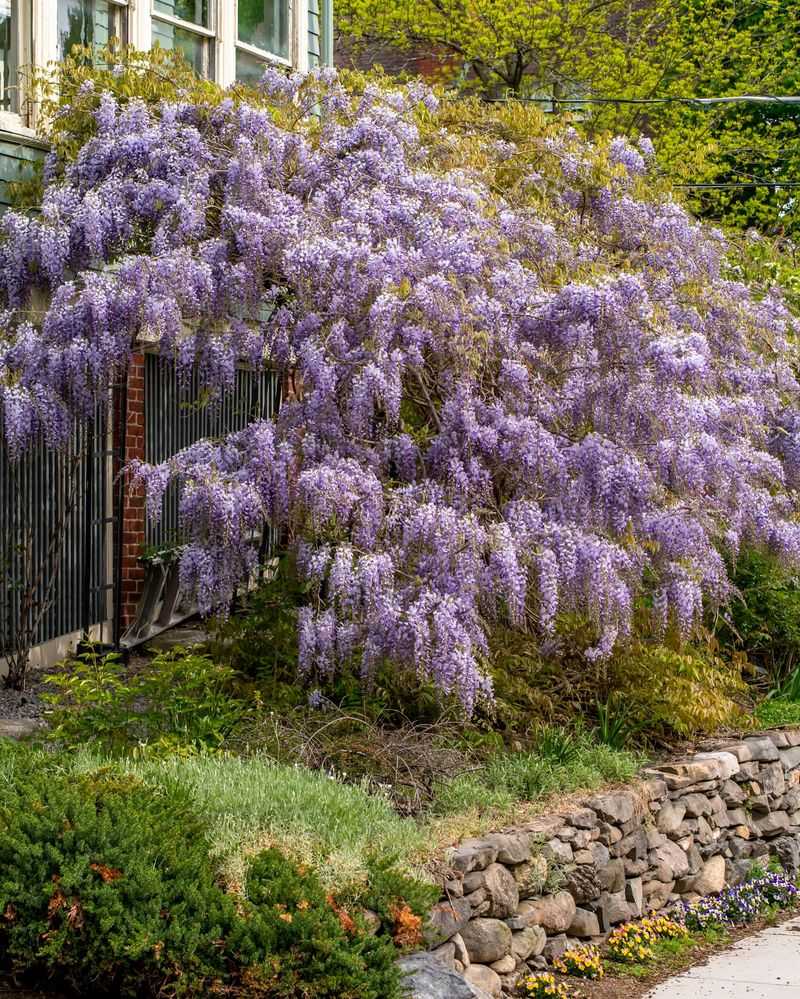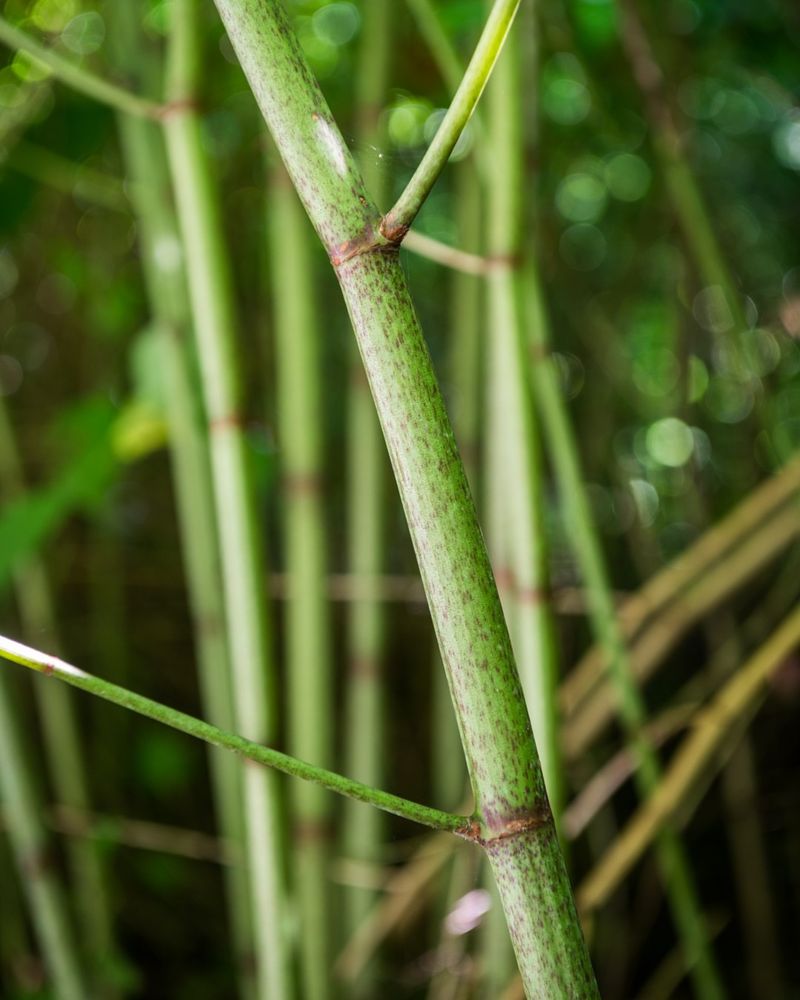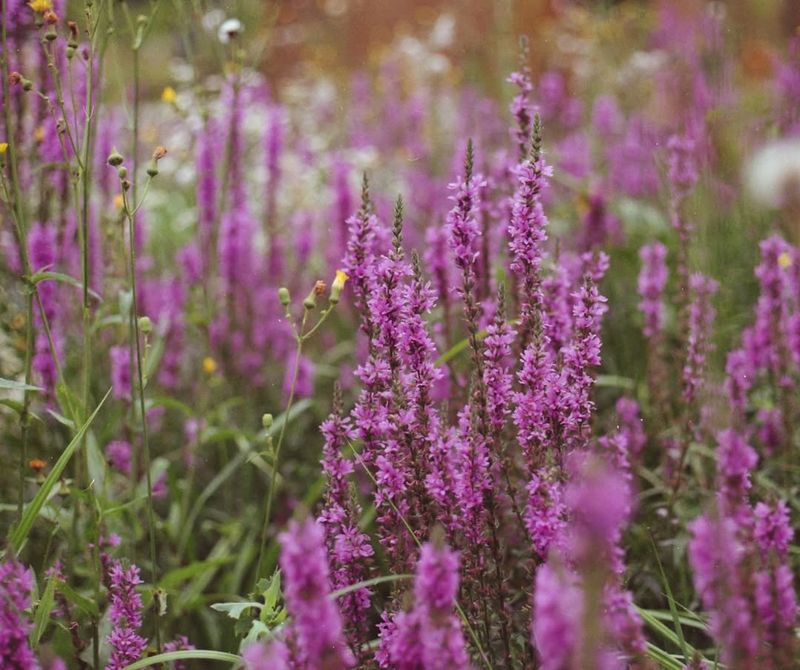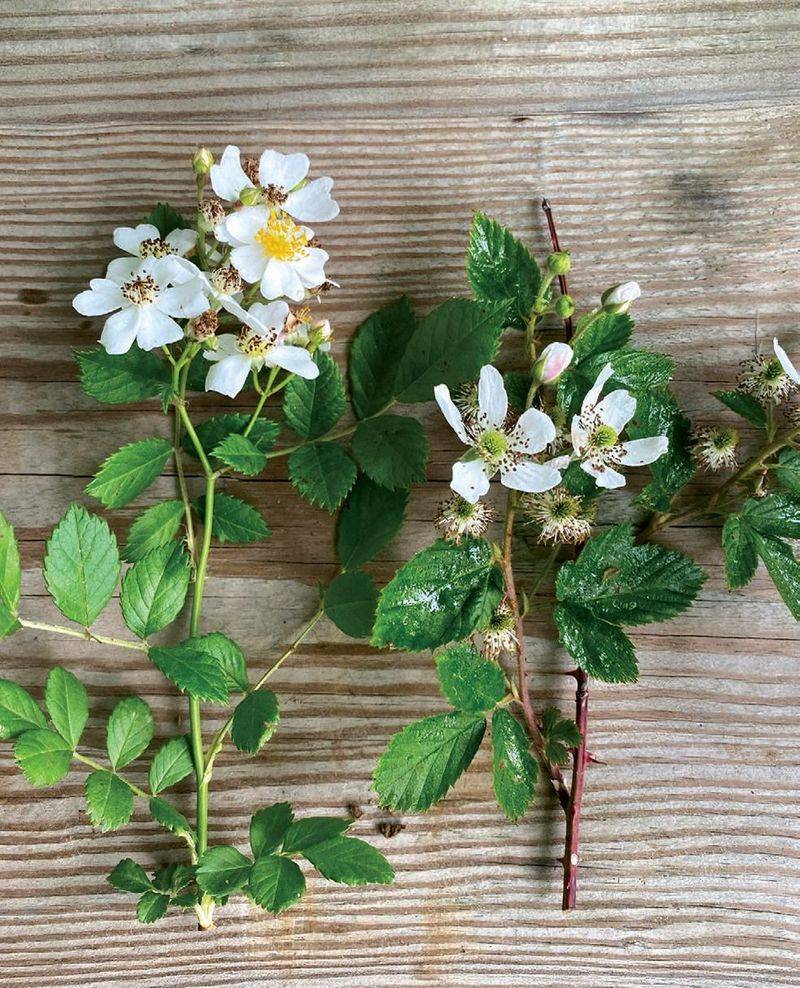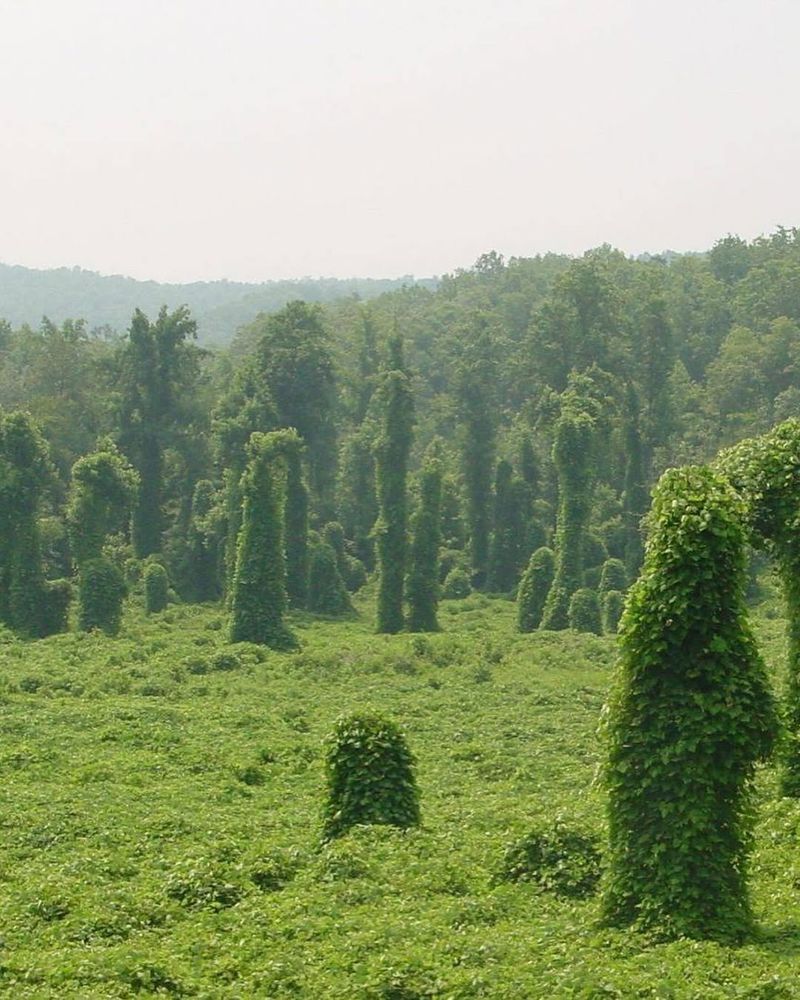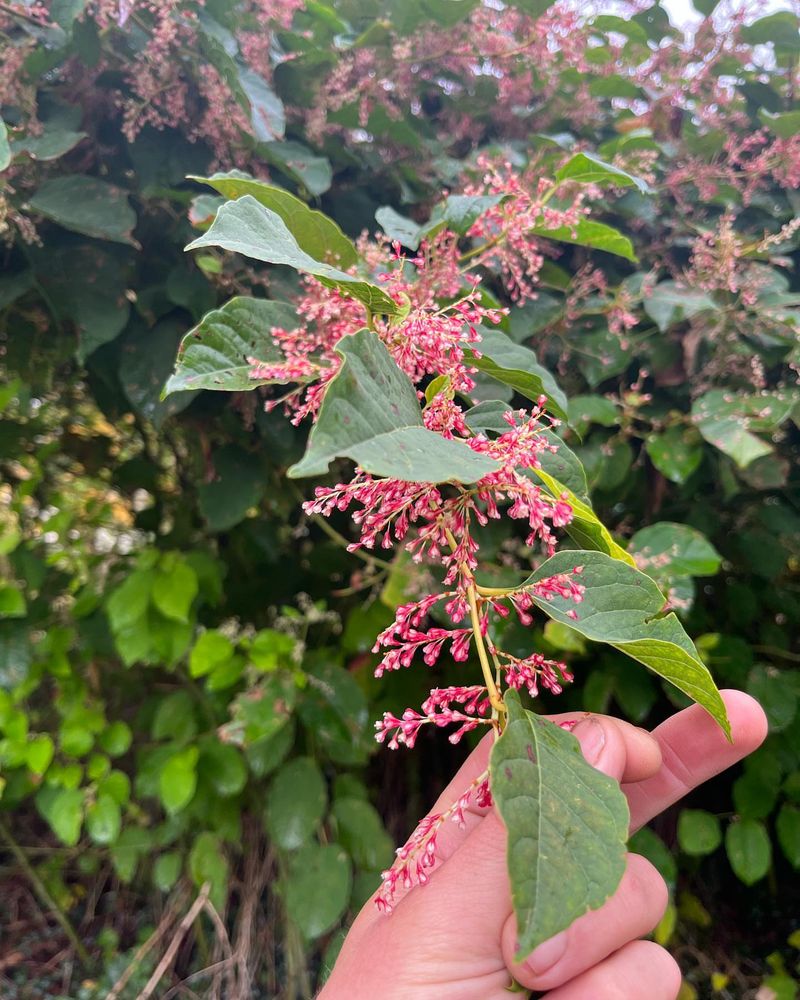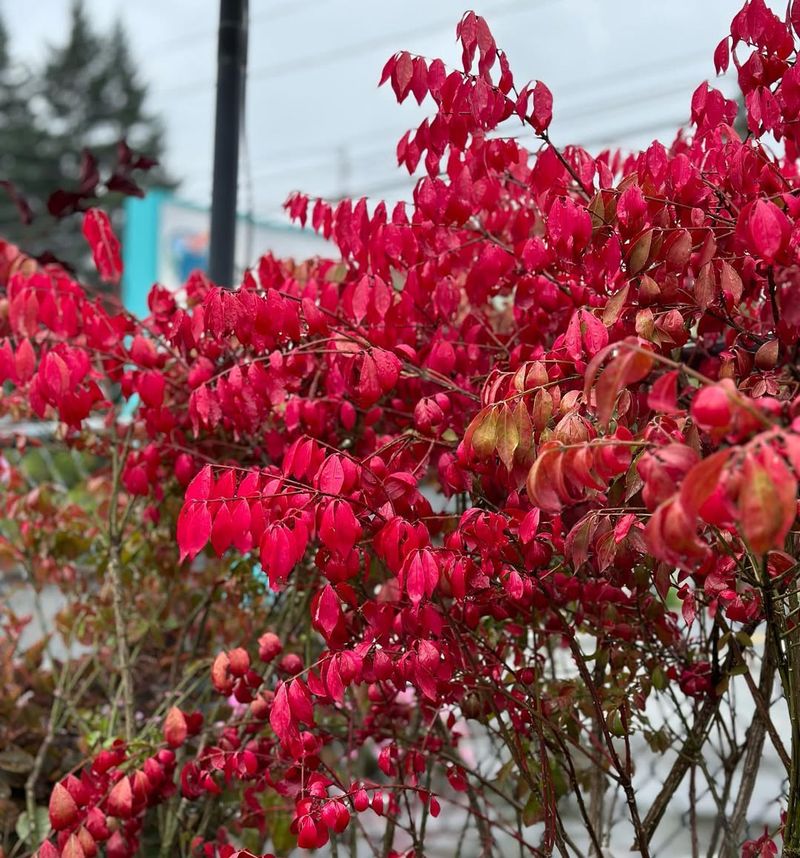What’s blooming beautifully today could be banned tomorrow. Across North Carolina, gardeners are facing new restrictions as certain beloved plants turn out to be more trouble than they’re worth.
From fast-spreading invaders to ecosystem disruptors, these 10 popular picks may soon be off-limits in local landscapes.
1. English Ivy
Climbing up trees and covering fences, English ivy seems like an attractive ground cover option for many gardeners. However, its aggressive growth can smother native plants and damage tree bark by trapping moisture underneath.
Wildlife habitats suffer when ivy takes over because it crowds out food sources that local animals depend on. North Carolina officials worry about forests becoming overrun with this persistent vine.
Removing established ivy requires significant effort and patience over multiple seasons.
2. Bradford Pear
Springtime in North Carolina brings beautiful white blossoms to Bradford pear trees, making them a popular landscaping choice across neighborhoods. Unfortunately, weak branch structure causes these trees to split apart during storms, creating safety hazards and property damage.
Seeds from Bradford pears spread rapidly into natural areas, forming dense thickets that block sunlight from reaching native plants below. Wildlife finds little nutritional value in the fruit these trees produce.
Many cities already discourage planting them near streets and parks.
3. Japanese Honeysuckle
Sweet fragrance and pretty tubular flowers make Japanese honeysuckle seem perfect for North Carolina arbors and trellises. Kids love pulling the blossoms to taste the tiny drop of nectar inside each bloom.
But this vine grows so vigorously that it strangles young trees and shrubs, wrapping around them until they can no longer get enough light. Forest edges become impenetrable walls of honeysuckle that native plants cannot compete against.
Birds spread seeds everywhere, making control extremely challenging for landowners.
4. Chinese Wisteria
Cascading purple blooms create stunning displays that North Carolina gardeners dream about for their pergolas and gazebos. Chinese wisteria delivers that dramatic effect, with fragrant flower clusters hanging like natural curtains each spring.
The problem starts when vines escape cultivation and climb into forest canopies, eventually killing mature trees by blocking sunlight completely. Twisted trunks can grow as thick as a person’s leg, making removal incredibly difficult.
Native wisteria species offer similar beauty without the destructive tendencies.
5. Bamboo
Privacy screens and tropical-looking landscapes draw many North Carolina homeowners to plant bamboo around their property lines. Running bamboo varieties send underground stems called rhizomes far beyond where you originally planted them, popping up in neighbor’s yards and natural areas.
Controlling bamboo spread requires installing deep barriers or constant vigilance to cut new shoots. Some species grow several feet in just weeks during prime growing season.
Clumping bamboo varieties stay contained better but still require careful monitoring.
6. Purple Loosestrife
Wetland edges and pond banks look spectacular when covered with the magenta flower spikes of purple loosestrife. Each plant produces millions of tiny seeds that float on water and germinate easily in muddy soil.
Marshes become monocultures where only loosestrife grows, eliminating food and shelter for waterfowl, amphibians, and insects. Native North Carolina wetland plants cannot compete with its rapid spread and dense root systems.
Biological control using specialized beetles shows promise but takes years to become effective.
7. Multiflora Rose
North Carolina farmers once planted multiflora rose as living fences to contain livestock and prevent soil erosion on hillsides. Dense, thorny canes seemed perfect for keeping animals where they belonged without building expensive fencing.
Birds eat the small rose hips and deposit seeds across pastures and woodlands, where new plants quickly form impenetrable thickets. Thorns make removal painful and time-consuming, even with heavy equipment.
Native rose species provide food for wildlife without creating such aggressive problems.
8. Kudzu
Known as the vine that ate the South, kudzu grows up to a foot per day during summer, covering everything in its path. Originally brought from Japan to control erosion, it quickly proved too successful at spreading.
Entire buildings, cars, and forests disappear under blankets of kudzu leaves during growing season. Roots can weigh hundreds of pounds and penetrate deep into soil, making eradication nearly impossible.
Chemical control requires multiple treatments over several years to eliminate established patches completely.
9. Japanese Knotweed
Bamboo-like stems and heart-shaped leaves give Japanese knotweed an ornamental appearance that deceived early North Carolina gardeners. Underground rhizomes spread horizontally up to 20 feet from the parent plant, pushing through asphalt and concrete with surprising force.
Foundations, driveways, and utility lines suffer damage when knotweed establishes nearby. Dense colonies prevent native plants from growing and reduce biodiversity along stream banks.
Professional removal often costs thousands of dollars due to the extensive root system requiring excavation.
10. Burning Bush
Brilliant red fall foliage makes burning bush a favorite ornamental shrub for landscaping around homes and businesses. Nurseries have sold millions of these plants for decades, praising their reliable autumn color and easy care requirements.
Seeds germinate readily in forests and parks, where burning bush outcompetes native shrubs that provide better food for wildlife. Birds eat the small fruits and spread seeds far from cultivated areas.
Native North Carolina alternatives like Virginia sweetspire offer similar seasonal interest without invasive tendencies.

